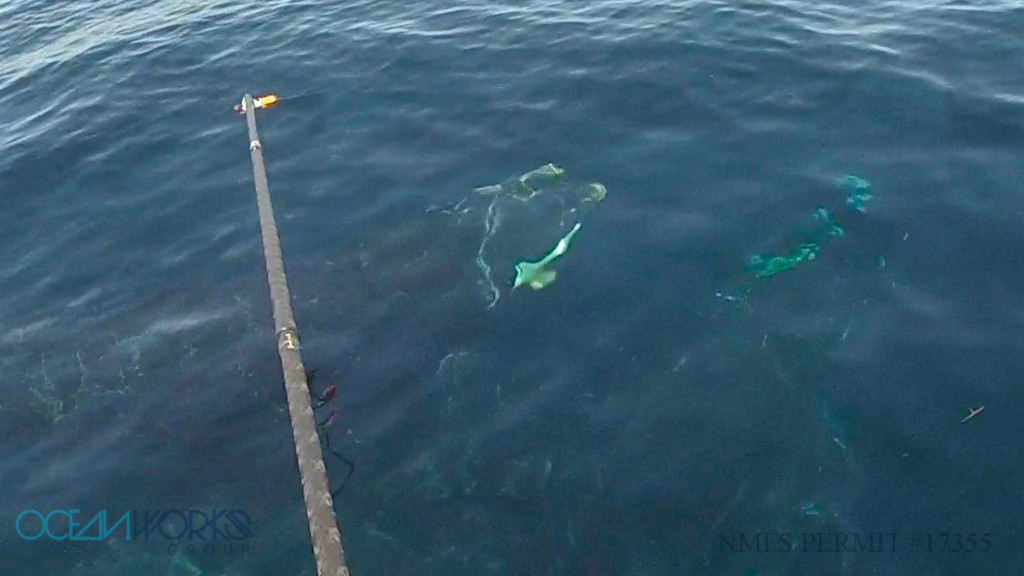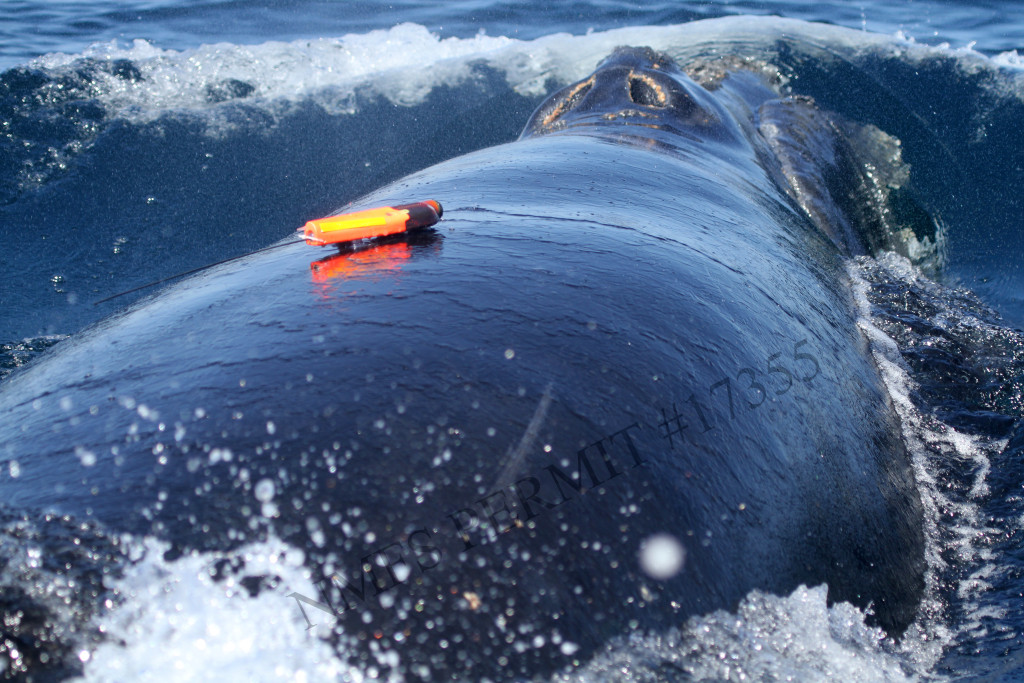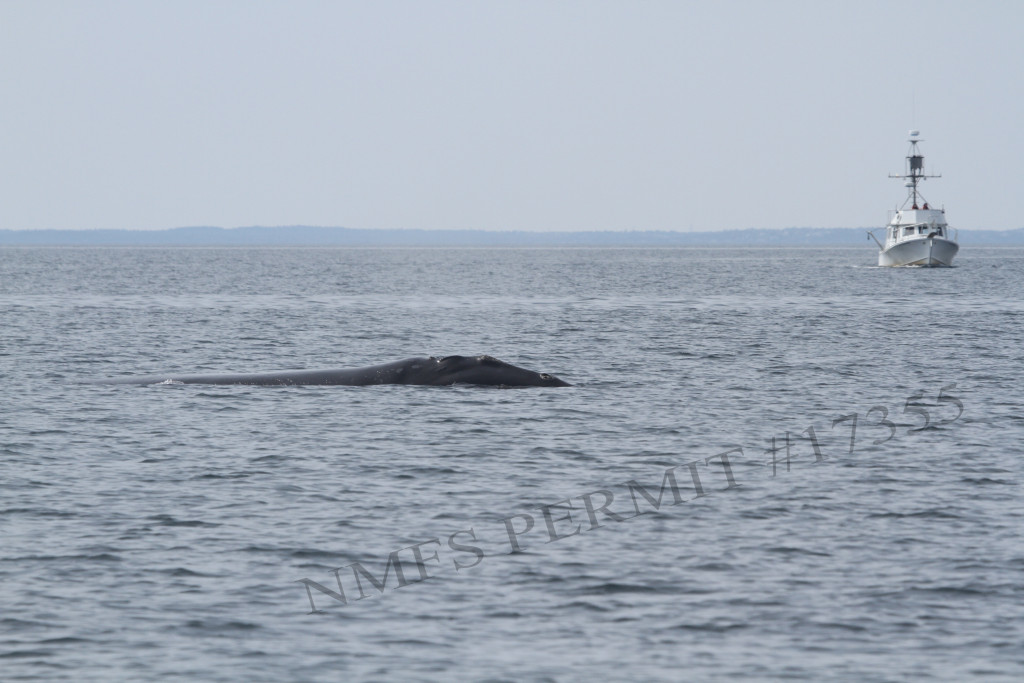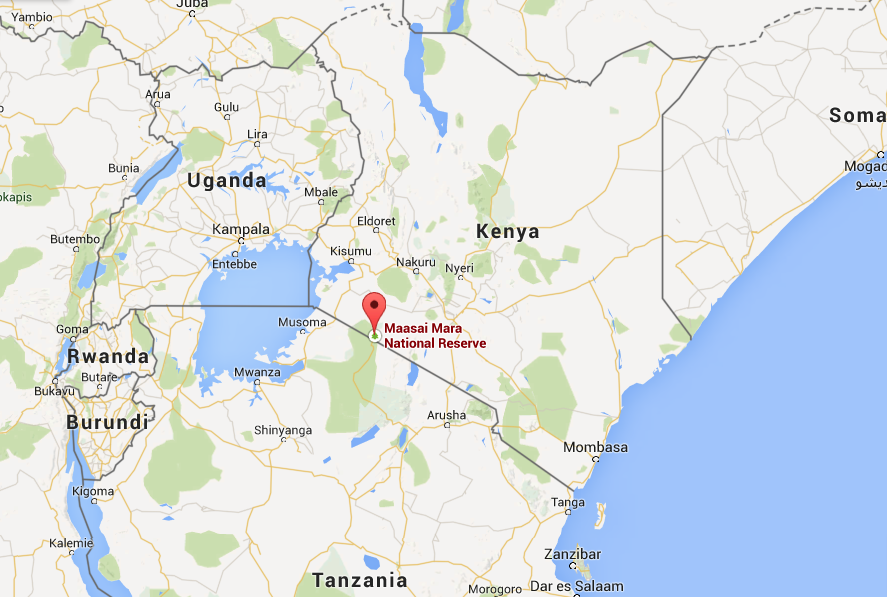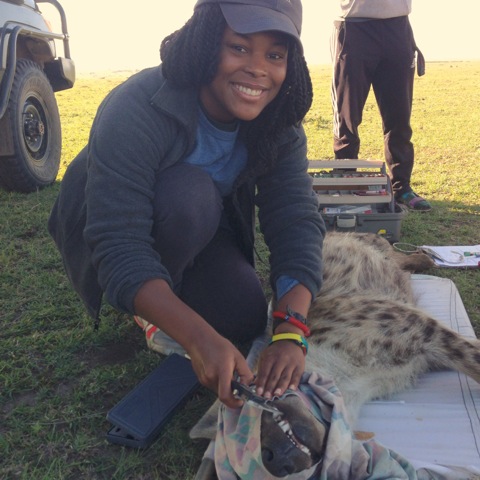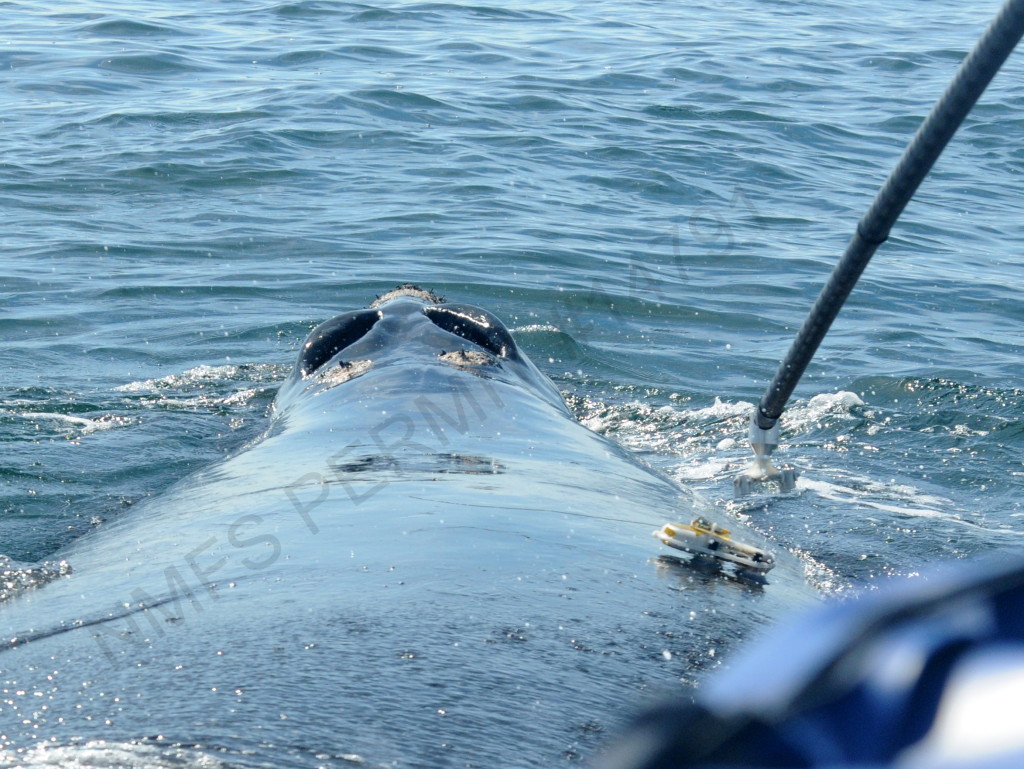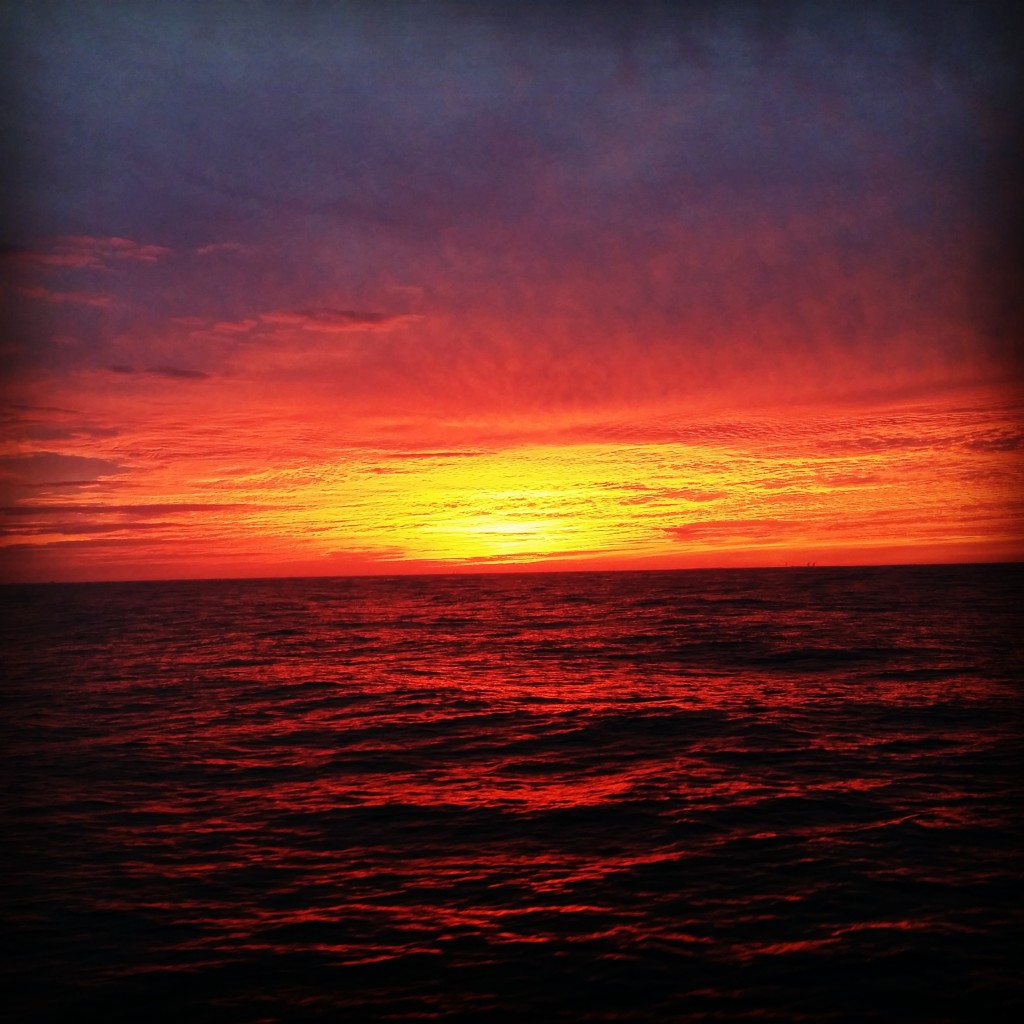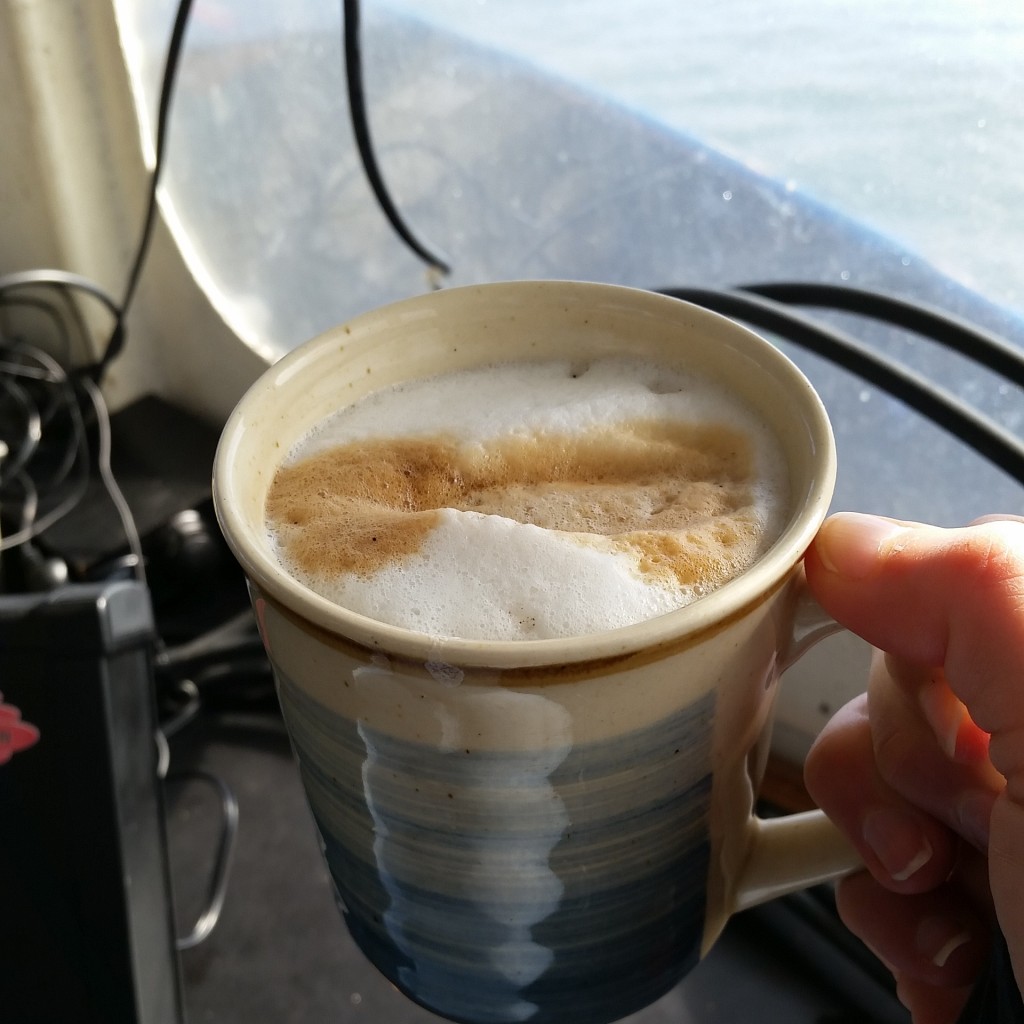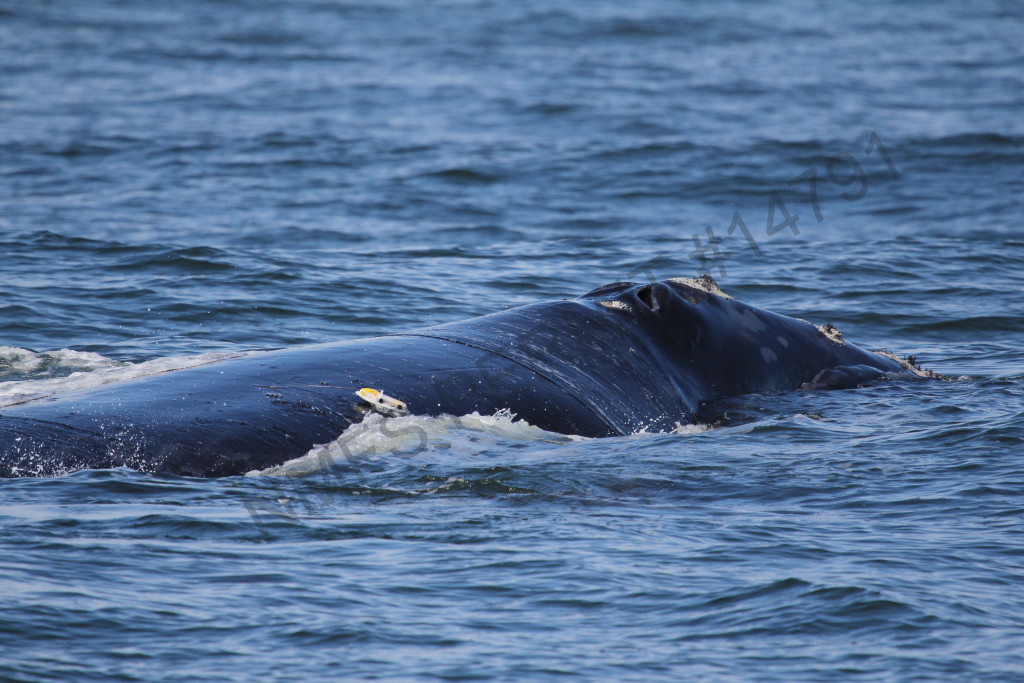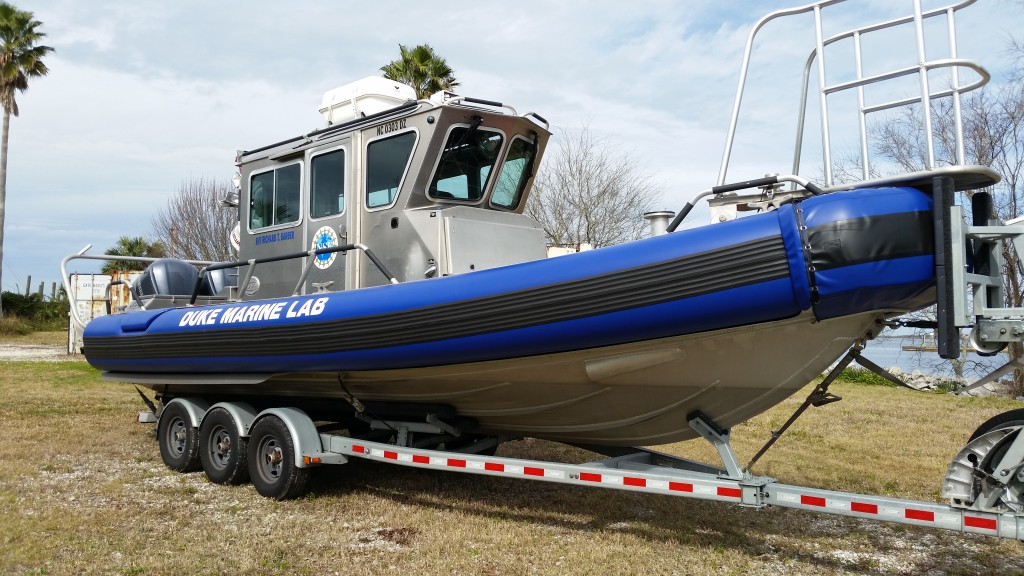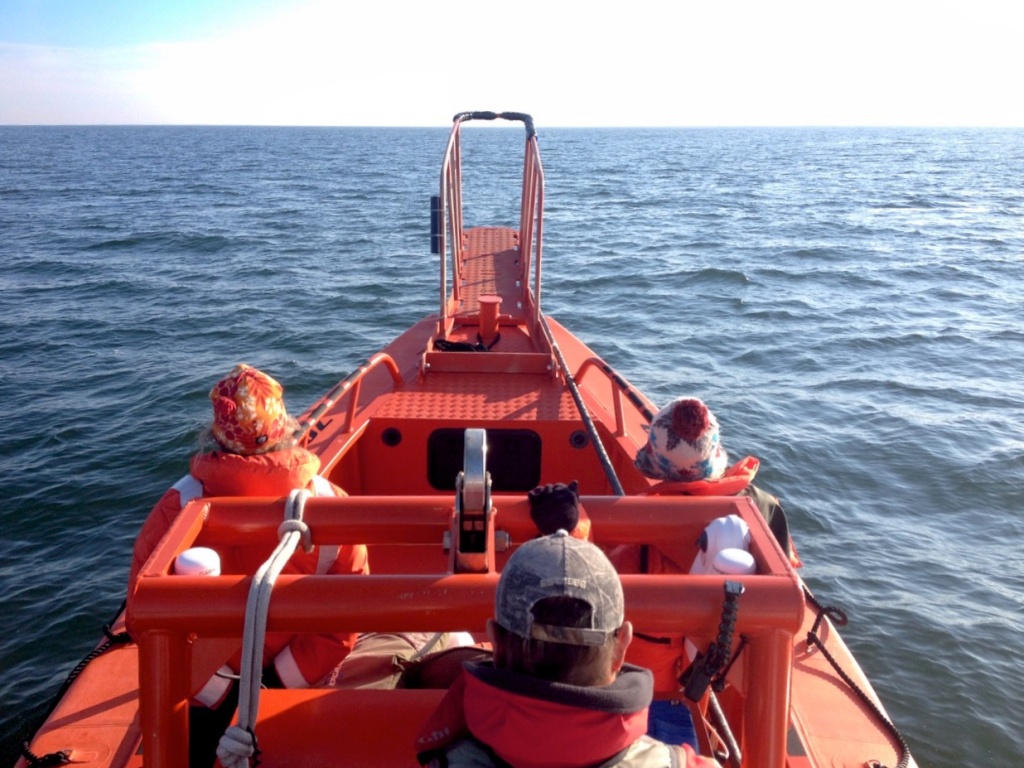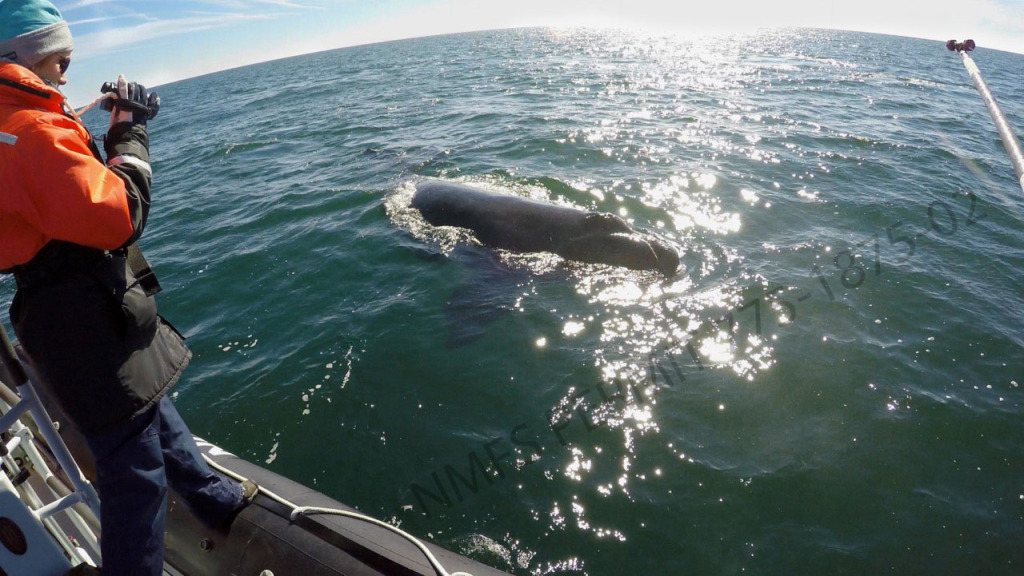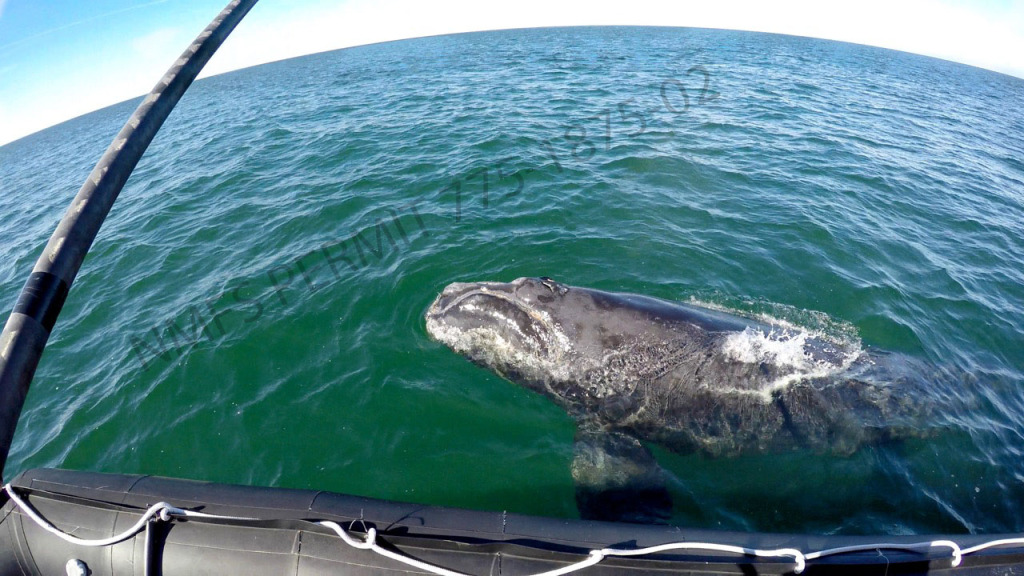We would do a lot for data, not the least of which is a 10 hour day and a roughly 100 mile round trip. When we launched the boat yesterday, we were going “blind” since the planes weren’t surveying the Bay. So we decided to go east where there were whales a few days prior because it was worth a shot and gave us a good look at the eastern side of the Bay. When that proved uneventful, we headed north to where the Callisto was currently working with a handful of whales. Once there, we found a single whale that we stopped to photograph and we were able to readily ID him as #3530 (Ruffian), an 11 year old male. This whale is very easily identifiable due to a pretty massive scar across his back. Whatever happened to Ruffian was pretty horrible, but he somehow, thankfully, managed to survive.
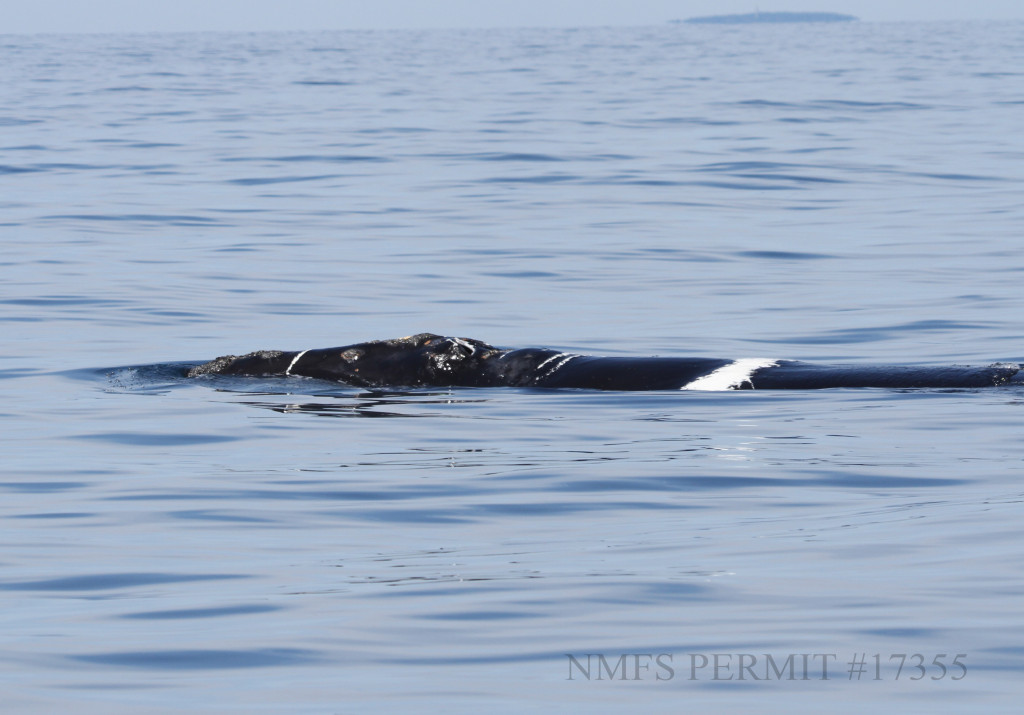
After getting good photos of that guy, we got a call from the CCS plane who was flying north of Cape Cod Bay that day. They had a mom/calf pair, #1604 and calf, but they were pretty far away from us – 20 miles away in fact. Not only that, they were on the backside of the Bay, well outside of our normal range for our CCB field season. It was still early in the day, the waters were smooth, and the forecast for the remainder of the day looked good so we made a decision. We were gonna go for it.

When we got to the coordinates given to us from the plane, we started our search to relocate the pair. After a good half hour of searching, we started to lose hope. I even started to doubt I wrote down the coordinates correctly…I’ve never done that before, but there’s a first time for everything, right? This would be an unfortunate first. Honestly not 5 seconds after I said, “I hate whales” out loud to Alex, they popped up and we both said “there”! For the record, I don’t really hate whales. I love them. They are just maddening sometimes…
Ya know what makes it all better though? This:
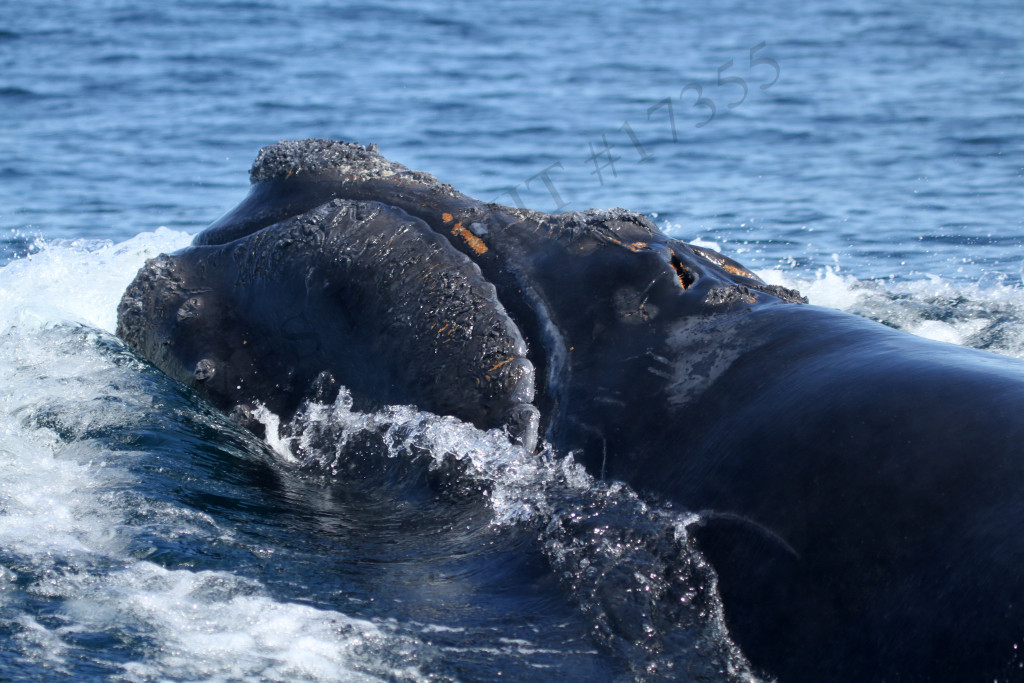
And this:

The only bad part of the day was the 40 mile schlep home…but it was all worth it. Back at it tomorrow!
